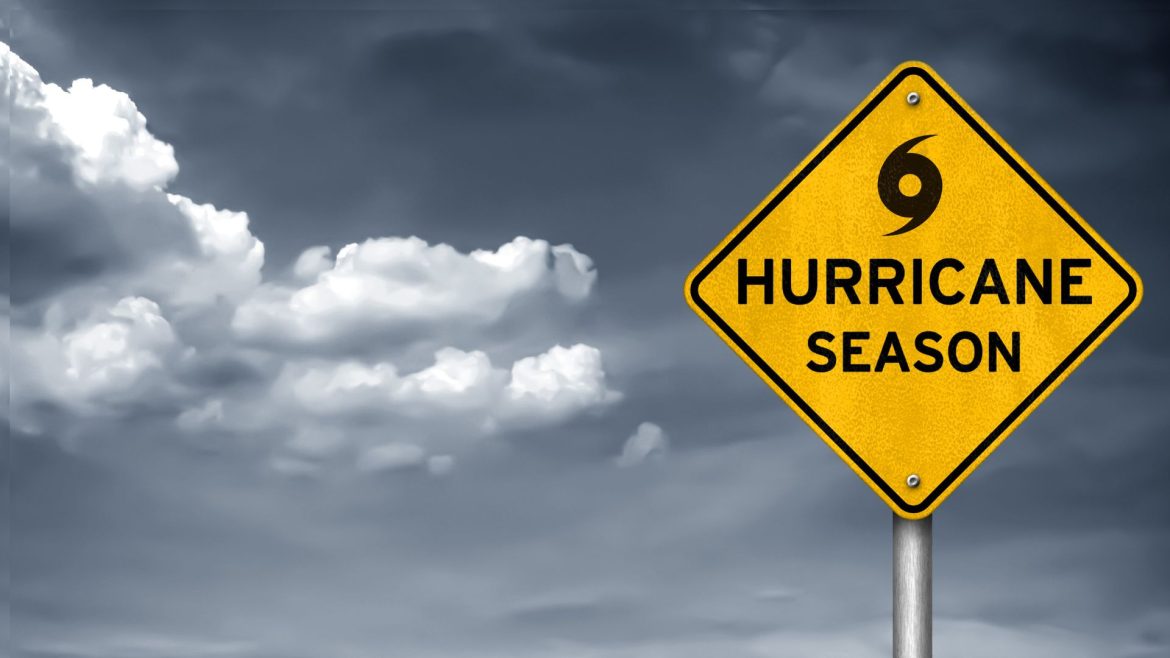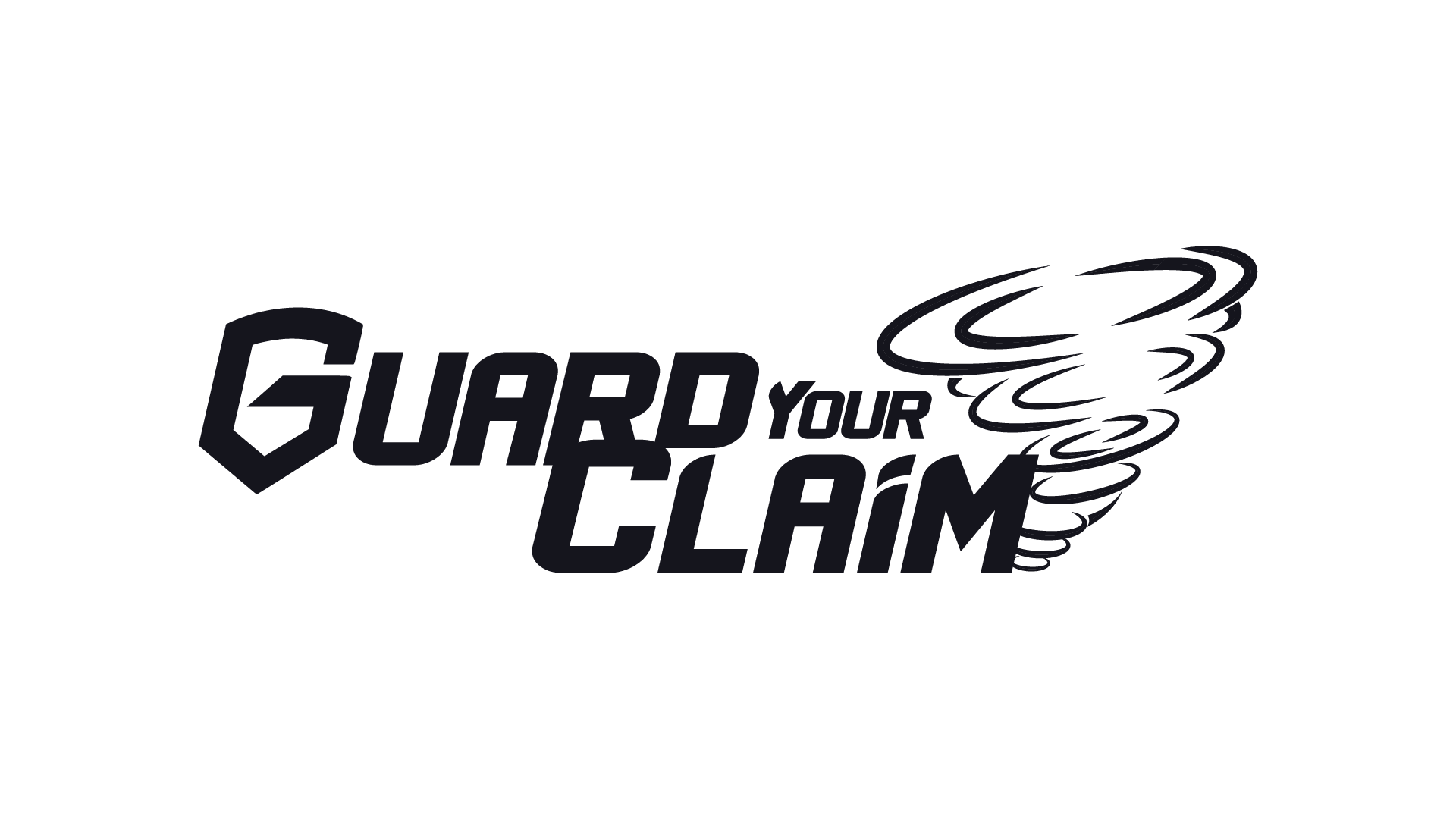Tornado Damage Claim: How to Secure Maximum Compensation

Tornadoes are one of the most destructive natural disasters, capable of causing severe damage to homes, businesses, and other properties in mere minutes. When a tornado strikes, the consequence can be overwhelming, especially for those who must take the process of filing a tornado damage claim with their insurance company. Although homeowners insurance policies typically cover tornado damage, ensuring you receive the full compensation you’re entitled to requires diligence, preparation, and sometimes professional assistance.
Filing a tornado damage claim might seem simple, but the process can be stressful with challenges. From assessing the damage correctly to negotiating with your insurance adjuster, there are many steps where mistakes can lead to reduced payouts or denied claims. Understanding the ins and outs of filing a claim can help you avoid common pitfalls and protect your financial interests during this stressful time.
What is a Tornado Damage Claim?
A tornado damage claim is a formal request to your homeowner’s insurance company for compensation after your property sustains damage caused by a tornado. These claims typically cover a wide range of damages, including structural harm to your home, damage to personal property, and in some cases, additional living expenses if the home becomes uninhabitable.
Most homeowner’s policies in tornado-prone areas include coverage for wind-related damage, which includes tornadoes. However, specific coverage limits and deductibles may vary depending on your policy. It’s essential to familiarize yourself with your insurance terms before disaster strikes so you know what to expect.
How to File a Tornado Damage Claim
1. Assess and Document the Damage
The first and most important step is to assess the damage. After ensuring that everyone is safe and that emergency services are not required, take detailed photos and videos of all affected areas. Be as comprehensive as possible, capturing both the exterior and interior damage, as well as any personal property that may have been impacted. Having this documentation will provide a valuable record when negotiating with your insurance adjuster.
It’s also helpful to make an inventory of the damaged items, noting their condition before the tornado and their approximate value. This information can speed up the claims process and ensure that all losses are considered.
2. Contact Your Insurance Company
Once you have documented the damage, the next step is to notify your insurance company. Many companies require that you report damage within a certain time frame, typically between 24 to 48 hours after the event, though this can vary.
When contacting your insurer, be prepared to provide essential details, such as the date and cause of the damage (i.e., tornado), a description of the affected property, and any immediate repairs you might need to prevent further damage (e.g., temporary roof repairs or boarding up broken windows).
3. Mitigate Further Damage
While waiting for the insurance adjuster to visit your property, take any necessary steps to prevent further damage. For example, if the roof has been compromised, you might need to cover it with a tarp to avoid water damage from subsequent rain. Many policies require homeowners to take such preventive measures, and failure to do so could result in a reduction of your final payout.
Make sure to save any receipts for emergency repairs, as these costs can often be refunded through your claim.
4. Work with the Insurance Adjuster
After reporting the claim, the insurance company will send an adjuster to inspect the damage. The adjuster’s role is to assess the extent of the damage and estimate the cost of repairs. It’s crucial to accompany the adjuster during their inspection and point out all the damages, ensuring nothing is overlooked.
Be honest and thorough during this process. If you feel the adjuster has missed or undervalued certain damages, don’t hesitate to seek a second opinion, either through another adjuster or a public insurance adjuster.
Common Issues with Tornado Damage Claims
Low Settlement Offers
One of the most frequent problems homeowners find is a low settlement offer. Insurance companies often aim to minimize payouts, so their initial offer might not fully cover the cost of repairs or the replacement value of damaged personal property. In these cases, you have the right to negotiate or dispute the offer. Providing detailed evidence, such as contractor estimates or appraisals, can help bolster your case.
Disputes Over Coverage
Another common issue is disputes over what is covered by the policy. For example, while structural damage from the tornado may be covered, water damage resulting from subsequent rain might be contested. Understanding the specifics of your policy can help you navigate these disputes, and a public adjuster can be invaluable in advocating on your behalf.
The Role of Public Adjusters in Tornado Damage Claims
Public adjusters are independent professionals who work on behalf of policyholders to negotiate and maximize insurance claims. If you feel overwhelmed by the claims process or believe your insurer is not offering a fair settlement, a public adjuster of Guard Your Claim can provide expert guidance.
These professionals have extensive experience in dealing with complex claims and understand the tactics insurance companies may use to minimize payouts. While hiring a public adjuster typically involves a fee (usually a percentage of the claim payout), their services can be particularly beneficial in large or complicated claims.
Maximizing Your Tornado Damage Claim
To ensure you receive the full compensation you’re entitled to, consider the following tips:
- Stay Organized: Keep all documentation related to the claim, including photos, videos, estimates, receipts, and correspondence with your insurance company.
- Don’t Rush into Repairs: While emergency repairs may be necessary, avoid making permanent repairs until the adjuster has completed their inspection.
- Get Multiple Estimates: If your insurance company’s repair estimate seems low, obtain estimates from local contractors for comparison.
- Know Your Policy: Review your homeowner’s policy regularly so you’re aware of coverage limits, deductibles, and exclusions.
- Seek Professional Help: If the claims process becomes contentious or confusing, don’t hesitate to seek help from a public adjuster or legal professional.
Tornado Damage Claim FAQs
How long do I have to file a tornado damage claim?
- Most insurance policies require you to file a claim within a specific timeframe, often within 24-48 hours, but you should check your policy for exact deadlines.
Will my insurance rates go up after filing a tornado damage claim?
- Filing a tornado claim may not directly raise your rates since tornadoes are considered “acts of God,” but it’s essential to review your insurer’s policy on rate adjustments.
What if my claim is denied?
- If your claim is denied, you can appeal the decision. You may need to provide additional documentation or hire a public adjuster to assist in the negotiation.
Does renters insurance cover tornado damage?
- Renters insurance typically covers personal property damaged in a tornado but does not cover structural damage to the building, which is the responsibility of the landlord.
Can I claim for temporary housing costs after a tornado?
- Many policies include coverage for additional living expenses if your home becomes uninhabitable due to tornado damage.
Should I hire a public adjuster for my tornado claim?
- If your claim is complex or you’re receiving low settlement offers, hiring a public adjuster can be beneficial. They work on your behalf to maximize your payout.
In conclusion, Filing a tornado damage claim can be a challenging experience, but by staying organized, understanding your policy, and advocating for yourself, you can ensure that you receive fair compensation for your losses. Whether you handle the process on your own or seek the help of a public adjuster, taking the time to document everything thoroughly and keeping the lines of communication open with your insurer are key steps to a successful claim.
Consult with a public adjuster such as Guard Your Claim to ensure you’re not leaving money on the table!



